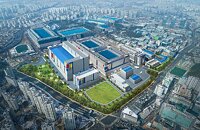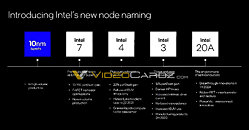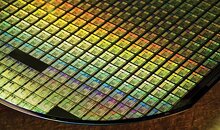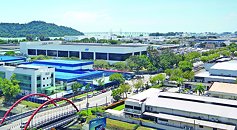
AMD Announces the "Zen 5" Microarchitecture and EPYC "Turin" Processor on 4nm
AMD in its Financial Analyst Day 2022 presentation, unveiled its next-generation "Zen 5" CPU microarchitecture. The company's latest CPU microarchitecture roadmap also confirms that variants of its "Zen 4" CCDs with 3D Vertical Cache (3DV Cache) are very much in the works, and there will be variants of the EPYC "Genoa" processors with 3DV Cache, besides standard ones.
AMD stated that it completed the design goal of the current "Zen 3" architecture, by building it on both 7 nm and 6 nm nodes (the latter being the client "Rembrandt" processor). The new "Zen 4" architecture will debut on the 5 nm node (TSMC N5), and could see a similar optical shrink to the newer 4 nm node somewhere down the line, although AMD wouldn't specify whether it's on the enterprise segment, or client. The next-gen "Zen 5" architecture will debut on 4 nm, and see an optical shrink to 3 nm on some future product.
AMD stated that it completed the design goal of the current "Zen 3" architecture, by building it on both 7 nm and 6 nm nodes (the latter being the client "Rembrandt" processor). The new "Zen 4" architecture will debut on the 5 nm node (TSMC N5), and could see a similar optical shrink to the newer 4 nm node somewhere down the line, although AMD wouldn't specify whether it's on the enterprise segment, or client. The next-gen "Zen 5" architecture will debut on 4 nm, and see an optical shrink to 3 nm on some future product.




































